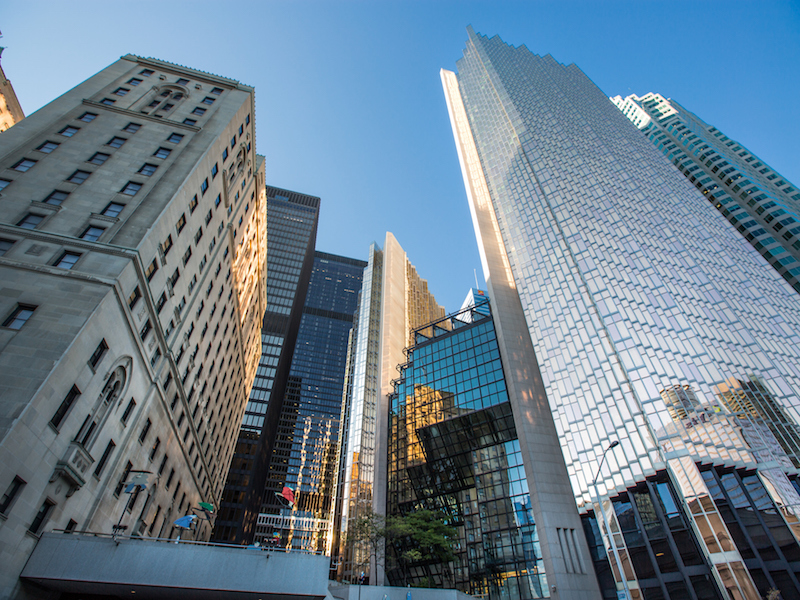

While the financial sector is more likely poised for steady, sustainable growth than it was 10 years ago, worrying trends provide hints about what may cause the next downturn, according to a strategy note from Unigestion.
“In a nutshell, in terms of global growth, in terms of compared to a 2008 situation, the path of growth is stronger than 10 years ago but also more sustainable,” says Guilhem Savry, head of macro and dynamic allocation at Unigestion. “But, from our point of view, that doesn’t mean there are no risks on the horizon. It’s very important to focus on new risk, which is key for us. And the new risk for the next crisis is debt.”
Read: A look at how Canadian pension funds are using leverage
Public debt is on the rise in the developed world, says Savry. “This is the key risk for global economies and markets. The debt situation is higher than it has been across different elements. The debt is higher, bigger and riskier also because instances of low liquidity have increased significantly. So it means, due to the search for yield from investors, durations have increased significantly in portfolios and their risk also.”
While institutional investors are used to looking at a longer time horizon, many have entered more illiquid assets. As a result, they may be forced to accept a longer overall duration for these assets to realize their potential than they may want to. Even corporate and government bonds have become less liquid investments over the past 10 years, even with higher numbers of actual, tradable instruments.
“We think there is currently a mismatch between liabilities and assets, and that’s the point because during the next crisis, liquidity will be key and if you have an asset you can’t sell, you will have a problem keeping your assets and liabilities balanced,” says Savry.
Read: Private credit demystified: It’s not just about corporate lending
